Articles > Geography
Know Bosnia & Herzegovina Largest Cities? Here are the top 25 to get you started.
1. Sarajevo (Population: 348,363)
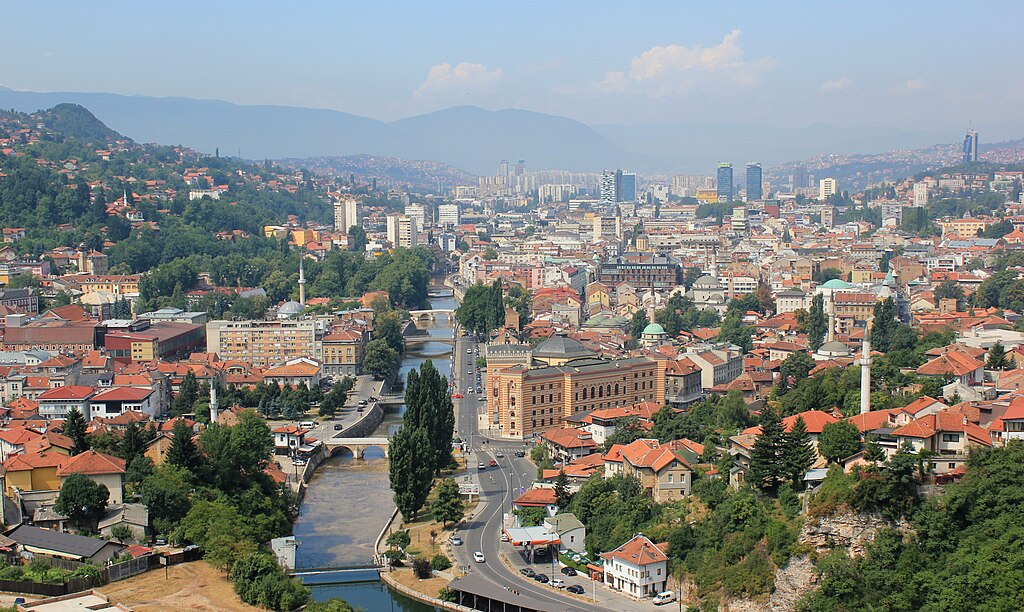
Sarajevo, the capital of Bosnia & Herzegovina, is famous for its blend of Ottoman, Austro-Hungarian, and modern architecture. Known as the “Jerusalem of Europe,” it has a rich cultural and religious diversity.
Interesting Fact:
Sarajevo hosted the 1984 Winter Olympics.
2. Banja Luka (Population: 135,059)

Banja Luka, the administrative center of Republika Srpska, is known for its green spaces, river views, and historic fortresses.
Interesting Fact:
The city is famous for its Kastel Fortress, dating back to Roman times.
3. Tuzla (Population: 74,457)

Tuzla is an industrial and cultural center, known for its salt lakes and mining history.
Interesting Fact:
The name Tuzla comes from the Turkish word for salt.
4. Zenica (Population: 70,553)

Zenica is a key industrial city, particularly in steel production, and has a lively cultural scene.
Interesting Fact:
Zenica is home to the largest steel factory in Bosnia & Herzegovina.
5. Mostar (Population: 60,195)
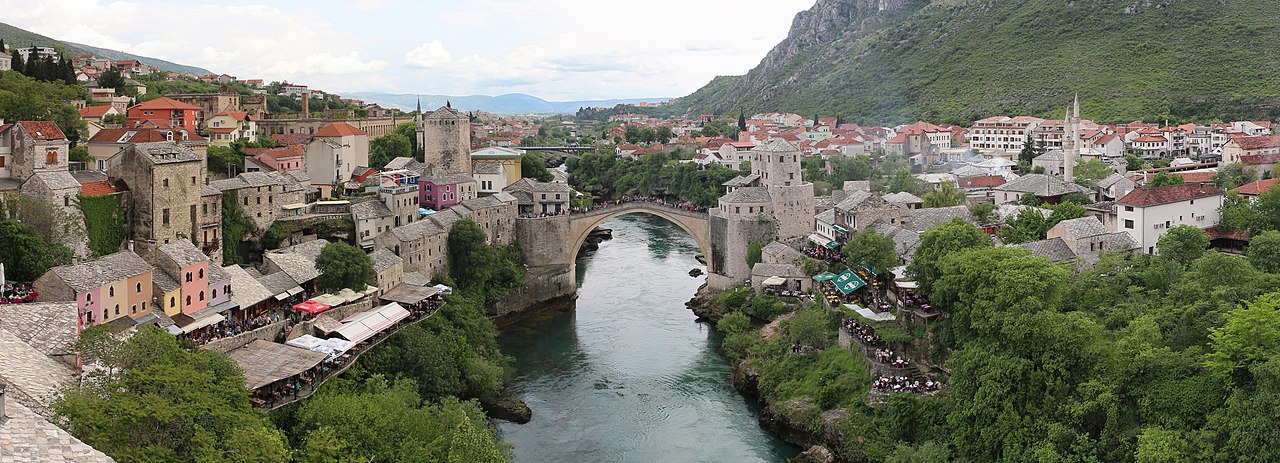
Mostar is renowned for the iconic Stari Most (Old Bridge) over the Neretva River, a UNESCO World Heritage Site.
Interesting Fact:
The Old Bridge was destroyed during the Bosnian War and rebuilt in 2004.
6. Bijeljina (Population: 41,121)

Bijeljina lies in the fertile Semberija region and is a center for agriculture and trade.
Interesting Fact:
The city hosts the annual Pantelija festival.
7. Brčko (Population: 39,893)
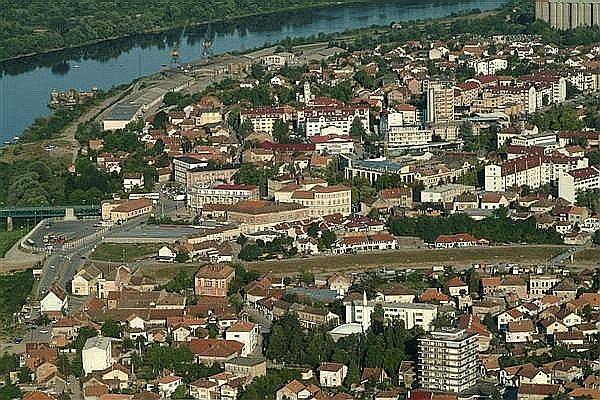
Brčko is a self-governing district, strategically located on the Sava River and known for its cultural mix.
Interesting Fact:
Brčko District is jointly administered by Bosnia & Herzegovina’s two entities.
8. Bihać (Population: 39,690)
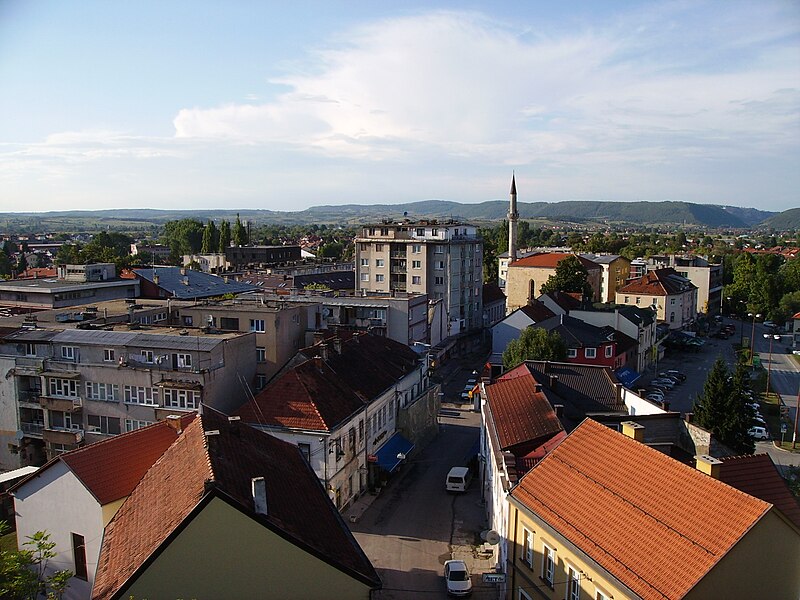
Bihać, on the Una River, is a gateway to Una National Park and offers natural beauty and historic sites.
Interesting Fact:
Bihać was an important stronghold during the medieval Kingdom of Bosnia.
9. Prijedor (Population: 27,970)
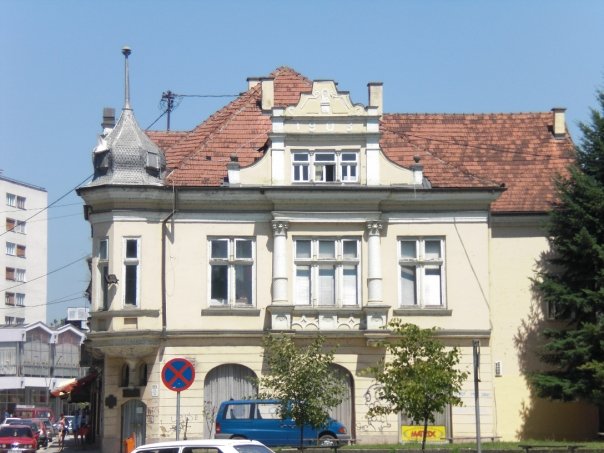
Prijedor is known for its mining industry and nearby Kozara National Park.
Interesting Fact:
The city has a vibrant art scene with numerous galleries.
10. Doboj (Population: 24,349)

Doboj, a key transport hub, has a history shaped by its fortress and position on major trade routes.
Interesting Fact:
Doboj Fortress dates back to the 13th century.
11. Trebinje (Population: 22,987)

Trebinje, near the Adriatic coast, is known for its old town, bridges, and wine production.
Interesting Fact:
The Arslanagić Bridge is one of Trebinje’s most famous landmarks.
12. Sanski Most (Population: 16,913)

Sanski Most lies along the Sana River and is surrounded by scenic hills.
Interesting Fact:
The city’s name means “bridge on the Sana.”
13. Živinice Grad (Population: 16,157)
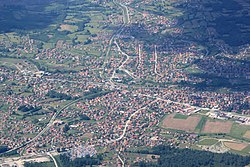
Živinice Grad is an emerging urban center in the Tuzla Canton.
Interesting Fact:
Živinice was officially declared a city in 2014.
14. Bugojno (Population: 15,555)
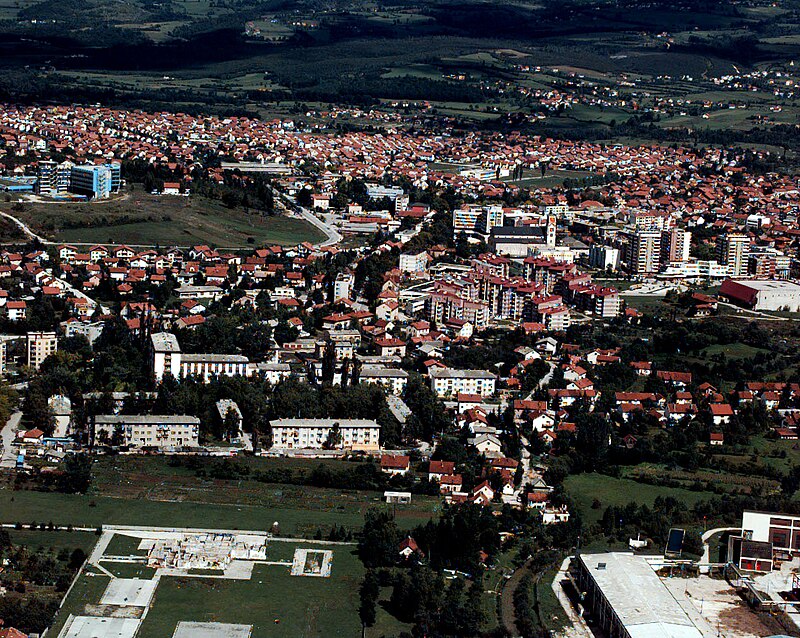
Bugojno is situated in central Bosnia and is known for its agriculture and scenic surroundings.
Interesting Fact:
It was once a popular hunting destination for Yugoslav leaders.
15. Travnik (Population: 15,344)
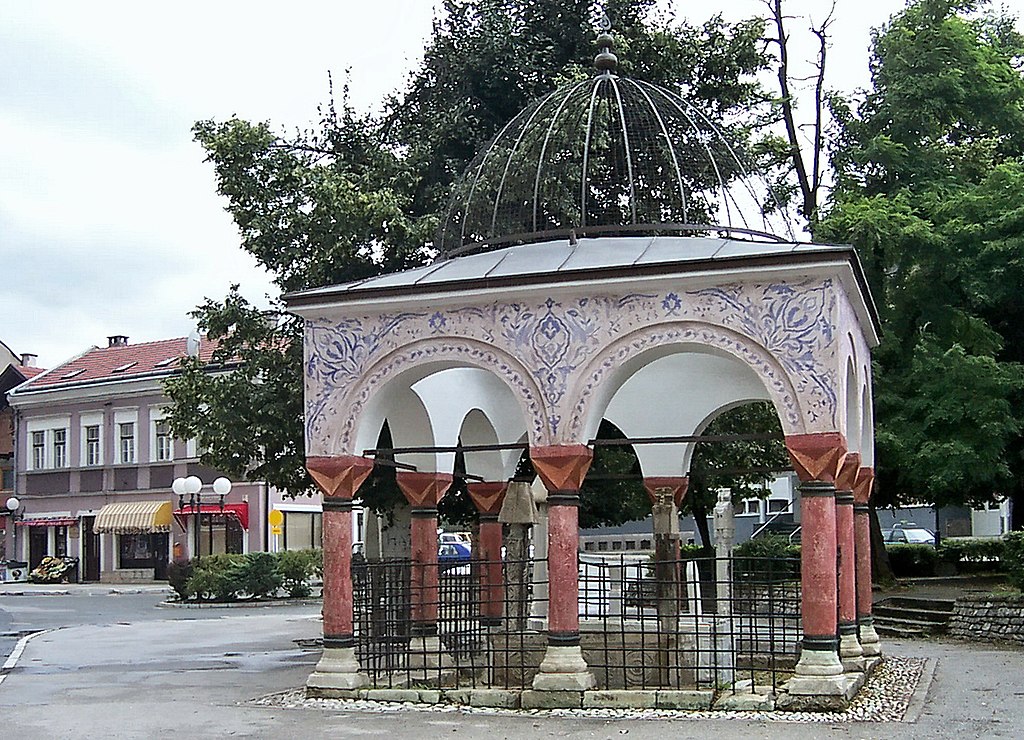
Travnik, a historic Ottoman town, is known for its colorful houses and medieval fortress.
Interesting Fact:
Travnik was the capital of Ottoman Bosnia for over 150 years.
16. Cazin (Population: 13,863)
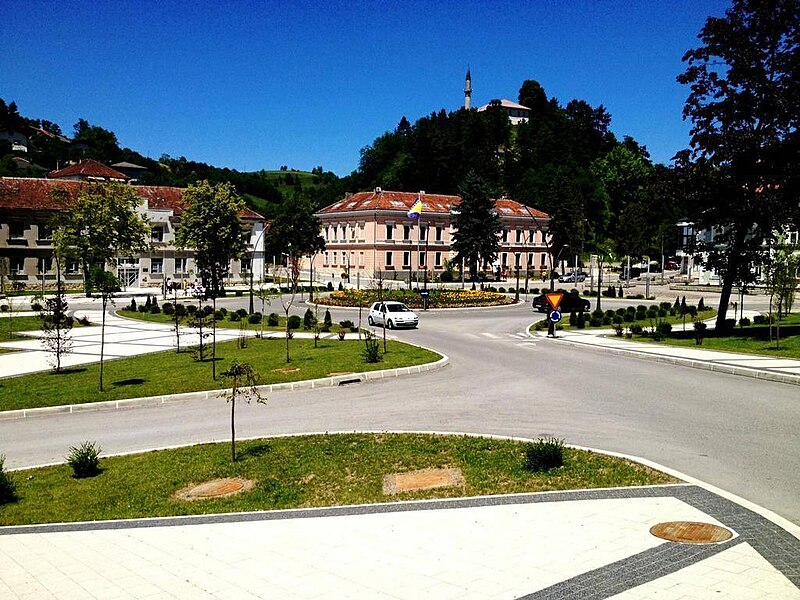
Cazin is surrounded by hills and forests and is known for its rural charm.
Interesting Fact:
Cazin played a key role during the Cazin Rebellion in 1950.
17. Gradiška (Population: 13,691)
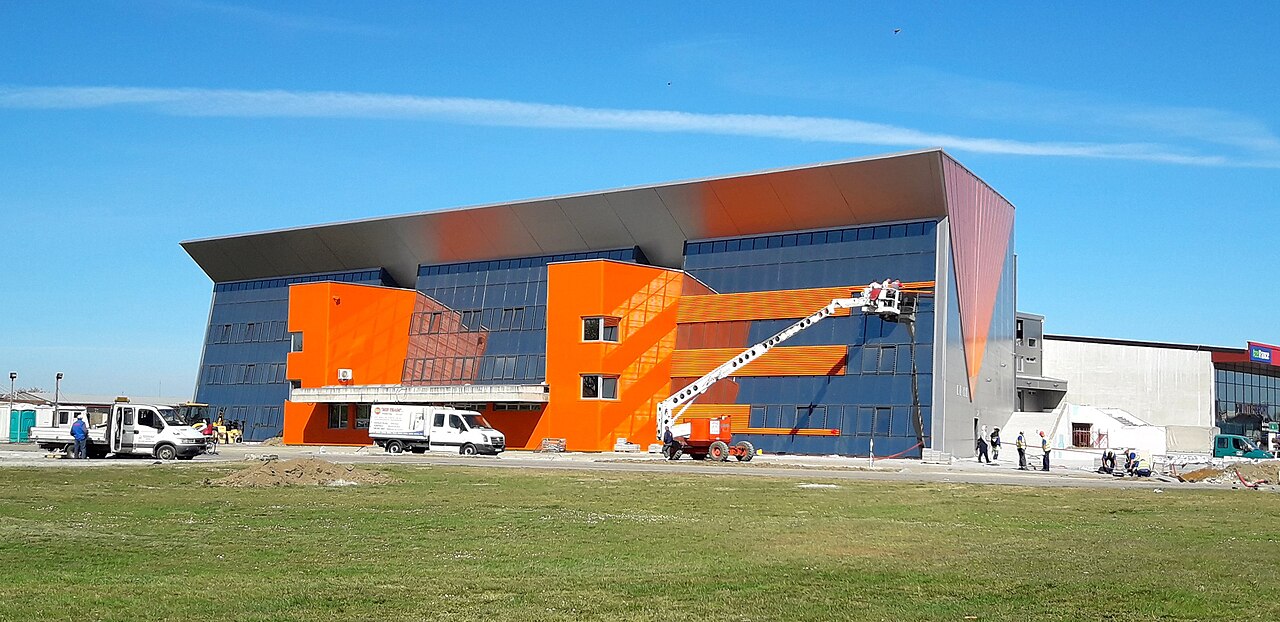
Gradiška is located on the Sava River and is an important border crossing with Croatia.
Interesting Fact:
The town is known for its Roman archaeological site of Servitium.
18. Gračanica (Population: 12,882)
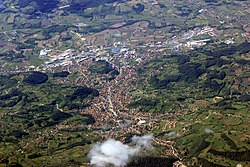
Gračanica is an industrial and trade center in northeastern Bosnia.
Interesting Fact:
The town is known for its pottery-making tradition.
19. Gradačac (Population: 12,764)
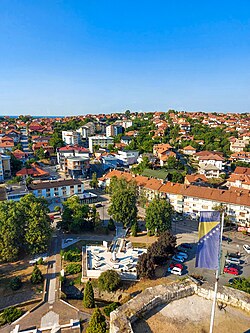
Gradačac features a historic fortress and is known for its agricultural production.
Interesting Fact:
The Gradačac Castle was the seat of the Ottoman captain Husein Gradaščević.
20. Pale (Population: 12,569)
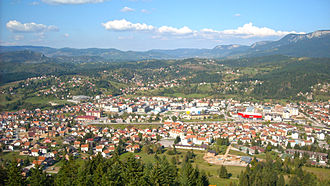
Pale, near Sarajevo, is a mountain town popular for winter sports.
Interesting Fact:
It is close to the Jahorina ski resort, which hosted events during the 1984 Winter Olympics.
21. Lukavac (Population: 12,061)
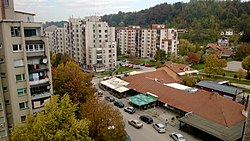
Lukavac is an industrial city known for its chemical plants.
Interesting Fact:
Lukavac is also close to Modrac Lake, a popular recreation spot.
22. Goražde (Population: 11,806)
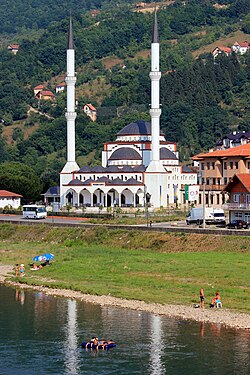
Goražde is located on the Drina River and is known for its resilience during the Bosnian War.
Interesting Fact:
It is a center for textile manufacturing.
23. Kakanj (Population: 11,796)
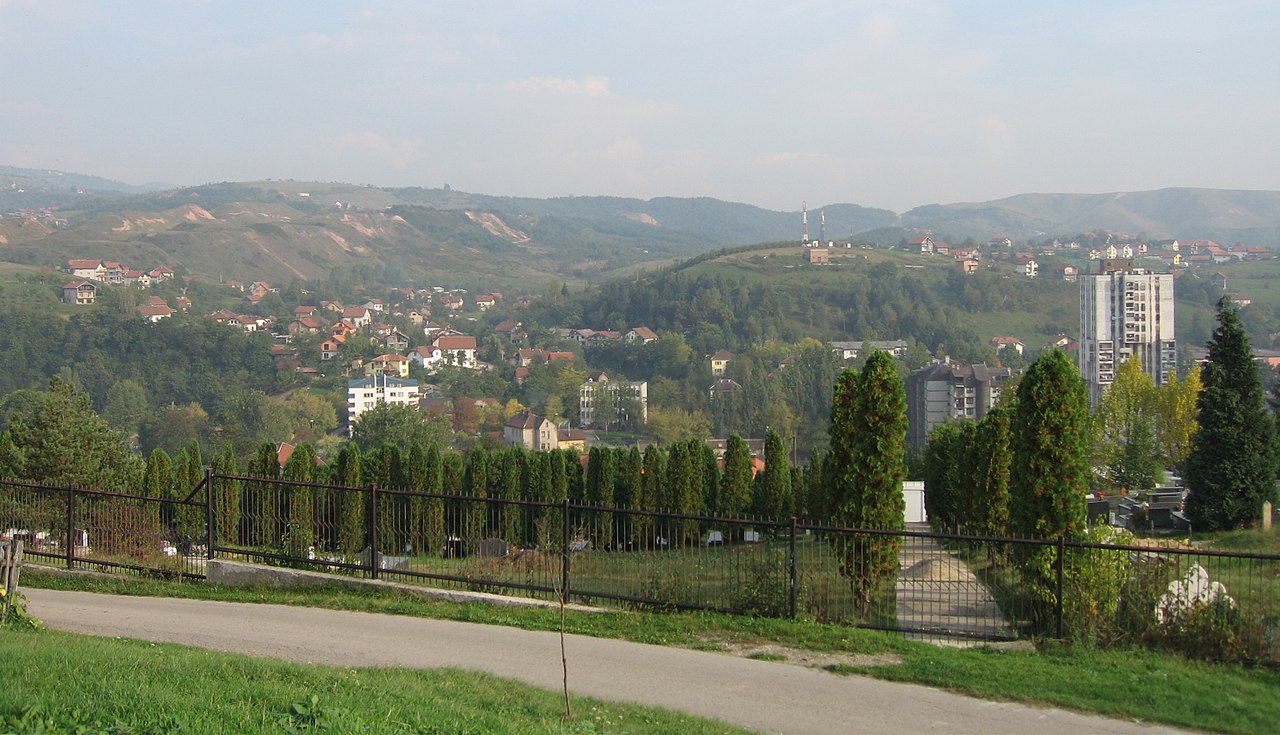
Kakanj is a coal mining town with a strong industrial base.
Interesting Fact:
Kakanj’s football club, FK Rudar, is named after the miners.
24. Visoko (Population: 11,205)
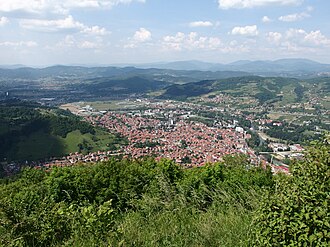
Visoko is known for its medieval heritage and archaeological sites.
Interesting Fact:
Visoko gained attention for the controversial “Bosnian pyramids” theory.
25. Zvornik (Population: 11,082)
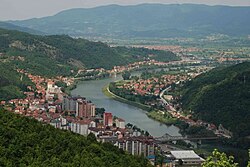
Zvornik lies on the Drina River and features a historic fortress.
Interesting Fact:
Zvornik Fortress is one of the oldest in Bosnia & Herzegovina.




